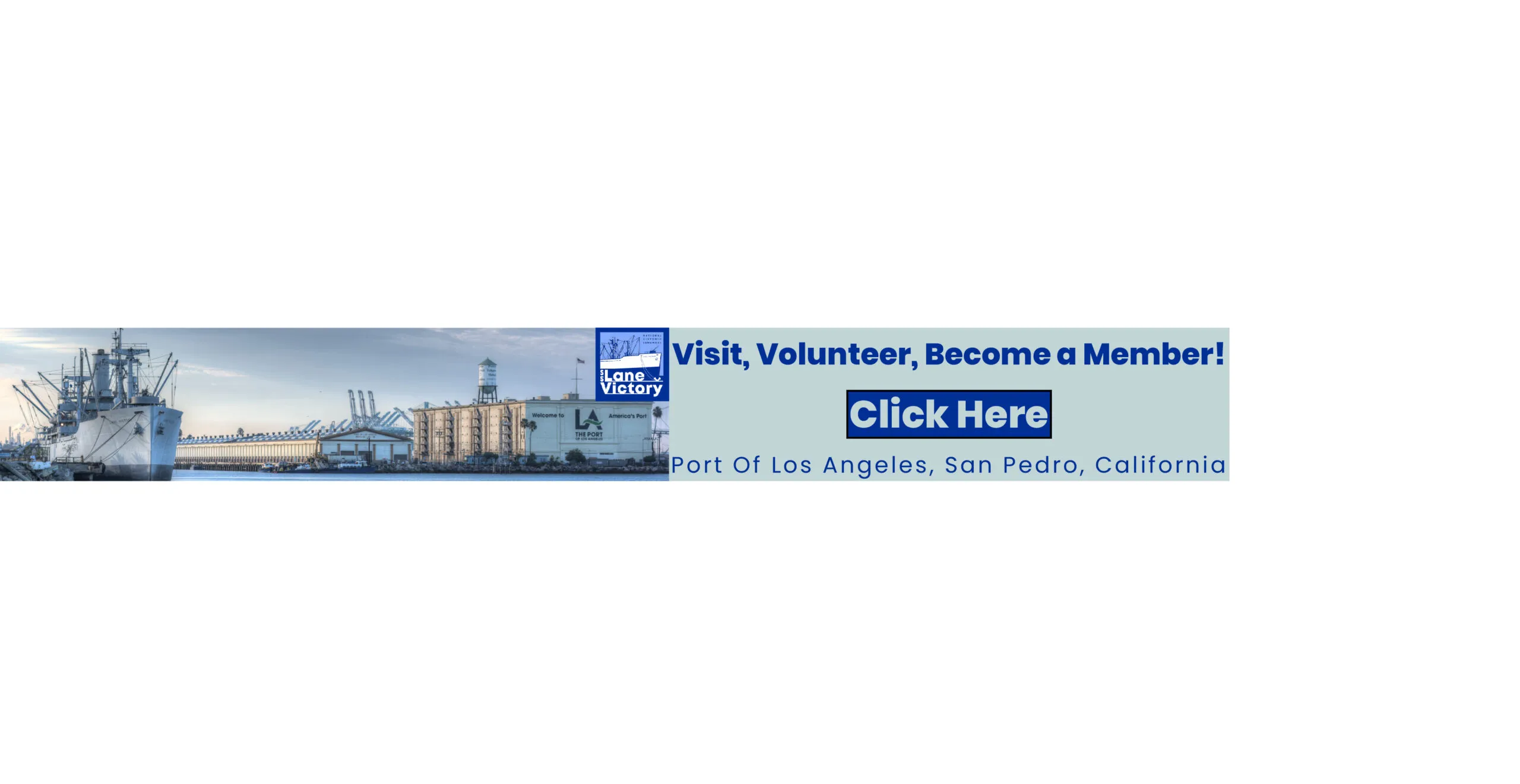SAN PEDRO —With more berths for ships to plug into shore-side electric power, or Alternative Maritime Power™ (AMP™), than any other port in the world, the Port of Los Angeles announced Jan. 8 that it is fully ready for its terminal operators and ocean carriers to meet California’s new clean air requirements.
Effective January 1, 2014, a newCalifornia regulationhas set shore-side power plug in requirements for container and refrigerated ship fleets, as well as cruise ships. Under the regulation, at least 50 percent of fleet vessel calls must shut down their auxiliary engines and run their vital onboard systems by plugging into shore-side power. The regulation also requires that each fleet reduce its total at-berth emissions generation by at least fifty percent. These requirements will reach eighty percent by 2020.
At the Port of Los Angeles, ships equipped to connect to AMP™ can now do so at all eight marine container terminals and the port’s World Cruise Center. About $180 million has been invested within the past decade to equip 25 container and cruise berths with AMP™ shore-side power infrastructure.
Shipping lines, whose compliance is crucial to securing these air quality benefits, also have invested substantial resources to ensure the regulatory program succeeds. The Pacific Merchant Shipping Association, which represents terminal operators and ocean carriers that move cargo through the West Coast ports, estimates the cost of retrofitting a ship to plug into shore-side power can range from $500,000 to $1.5 million, depending on the vessel.
Shore-side power has air quality benefits. Plugging into electric power reduces ship engine emissions of diesel particulate matter, nitrogen oxides and sulfur oxides by up to 95 percent per vessel call. For example, on average, this reduces 1 ton of nitrogen oxide per vessel call.
Port experts also played a pivotal role in developing the international standard for High Voltage Shore Connection Systems to help ensure that shore-side power technical systems are consistent at ports around the world. The standard was developed over six years and published in 2012. More recently, the port worked with industry to provide input to the California Air Resources Board in the development of a Regulatory Advisory that establishes steps to assist vessel fleets with the transition to the new shore-side power regulatory requirements during the first six months of 2014.
The California rules are taking effect as the Port of Los Angeles marks the 10-year anniversary of the first time a container ship anywhere in the world “plugged in.” On June 21, 2004, China Shipping’sXin Yang Zhouplugged in to a barge-mounted AMP™ connection while at berth. In 2007, another first was achieved when theNYK Atlas, the first container ship built with AMP™ capability, plugged into a shore-side power connection at the port.



